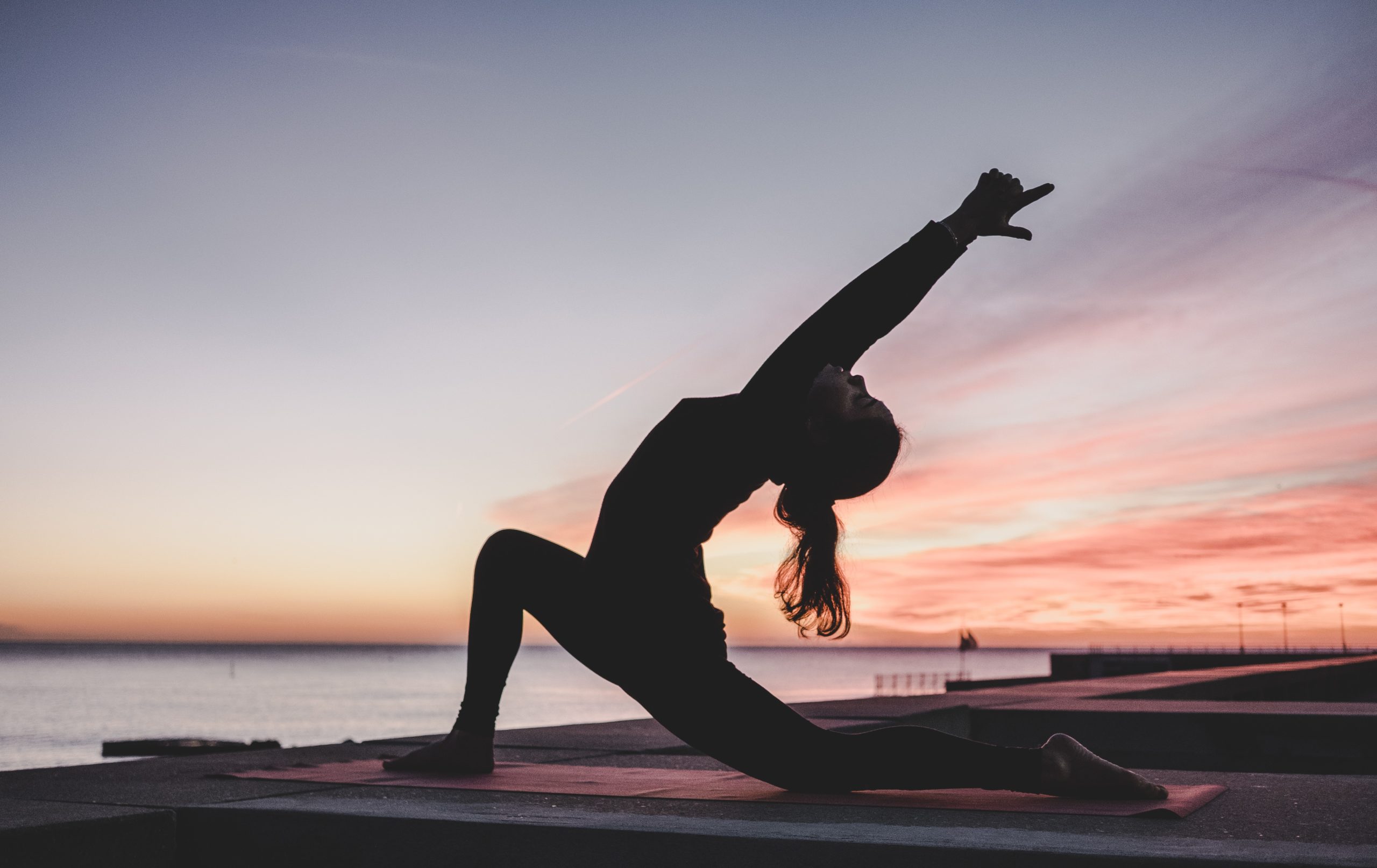Yoga is so much more than just a sport or an activity. It is a philosophy of life; a physical and mental discipline—the ultimate and longed-for balance and union between body and mind—originating in India.
It is a common misconception that yoga should be approached as a physical exercise consisting largely of postures or asanas. Although yoga is often associated with the physical elements of the practice, philosophy is at its core. Yoga poses are just one of yoga’s eight principles or ‘limbs’, namely
- Yama (“ethical disciplines”, such as non-violence, non-harming other living beings, truthfulness, non-falsehood, non-stealing, fidelity to one’s partner, and non-possessiveness);
- Niyama (“self-observation”, including purity; clearness of mind, speech and body; contentment; self-reflection; and perseverance, amongst others);
- Asana (“posture”; this is yoga’s most commonly known limb);
- Pranayama (“breath control”);
- Pratyahara (“sense withdrawal or abstraction”);
- Dharana (“concentration”, i.e. confining your attention on one single object);
- Dhyana (“meditation”; intense contemplation of the nature of the object of meditation); and
- Samadhi (“liberation”; a state of joy and peace, merging consciousness with the object of meditation.)

Yoga, as a philosophy of life, includes both ethical and behavioural aspects, as well as physical and breathing exercises to improve control of the mind through meditation. Yoga practice affects all aspects of a person’s life.
In Western society, the practice of yoga is associated with one of its greatest benefits: stress management. The balance created when in certain asanas (poses), along with breath and mind control, provides enormous benefits to those practicing it.
Yoga’s many advantages include:
- It reduces anxiety and stress;
- It increases the quality of sleep;
- It has proven to better the quality of work, rendering you more productive and efficient;
- It strengthens bones and muscles, and increases flexibility;
- It improves posture and relieves body aches;
- It prevents premature ageing;
- It helps burn calories; and
- It reduces cortisol and cholesterol levels and helps to balance the nervous system.

Your Yoga Practice
If there is one thing that you really like about yoga, it is that it is a multidisciplinary philosophy that covers different aspects of your life. In addition to helping you get back in shape, strengthening your muscles and restoring flexibility, it has proven to be particularly helpful in this transition of yours towards a more mindful and slow life at The Wine & Country Club.
Every morning you go through the same routine: with the yoga mat in one hand and a happy smile on your face, you head to the porch and—weather permitting—enjoy some sun salutations to warm up your body before the exercise, whilst staying in step with the natural rhythm and sounds of the meadows. Sun salutations are a series of yoga postures strung together so that they flow from one pose to another, and this helps you stretch your body and soothe your mind, getting both ready for the day ahead. After some balance asanas, which really help you focus, you softly shut your eyes and set your sankalpa—an intention formed by your heart and mind, which therefore has purpose and meaning to you, and so it becomes a life goal for that particular day—.
Other times, you prefer to yoga at dusk. Perhaps you have had a hectic day and you feel the urge to slow down, to bring your emotional high and stress level down a notch, so your yoga comes in the form of a gentle practice. A series of postures strung together allow you to smoothly flow from one pose to another, being fully aware of every movement and in sync with your body. You love to end such night practices with a ten-minute meditation session to help you stay focused and hit the sack with a clear mind.
It is a well-known fact that a daily yoga practice routine has endless positive effects on you, your mind, your body and your immediate environment.
Namaste.




